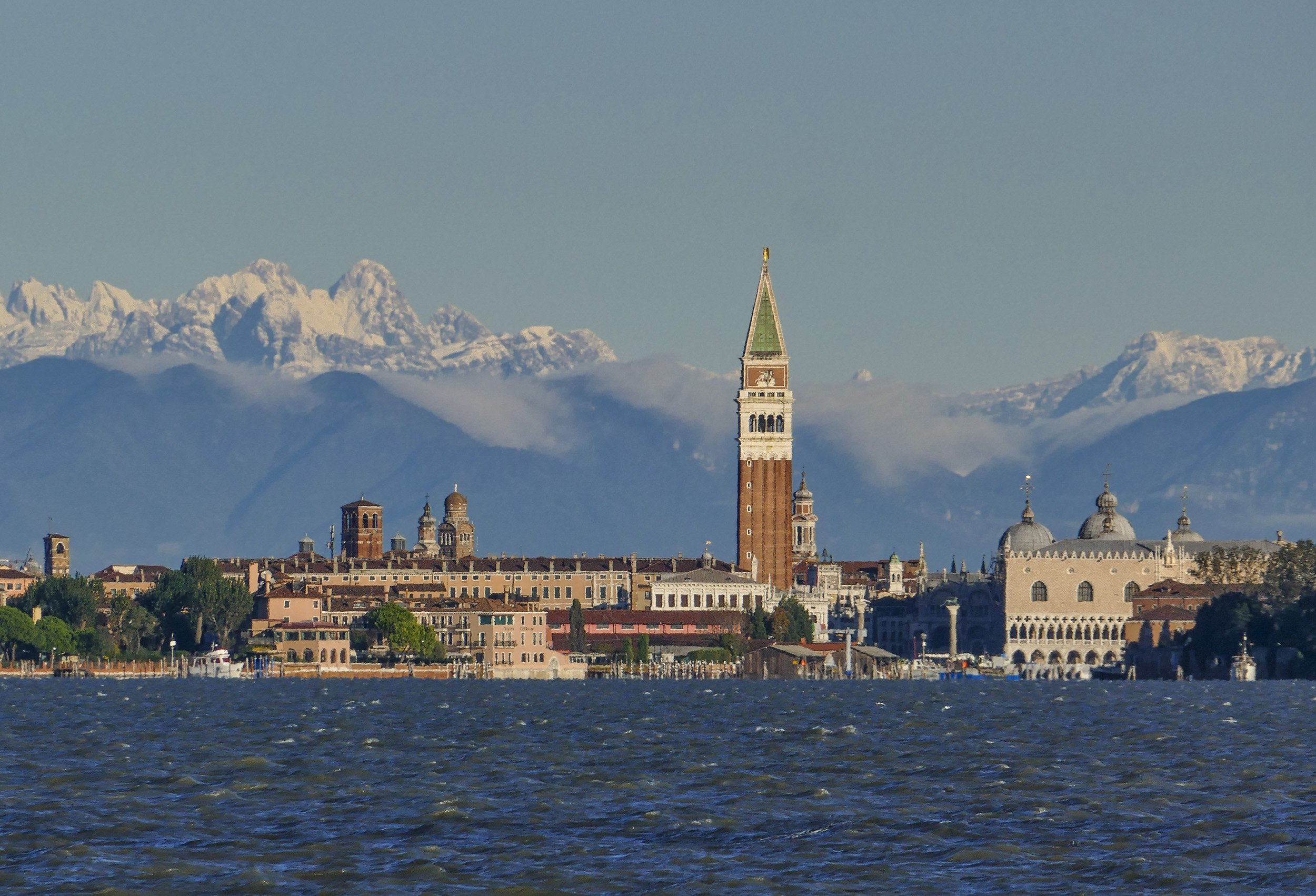Participate in the Venice Photo Awards for Free: An Exclusive Invitation for Past Workshop Attendees
/In celebration of your continuous support and the shared passion that binds our community, I am thrilled to extend a special invitation to you. We are launching a Virtual Exhibition at Venice Photo Awards, and I would be honoured to feature a piece of your perspective on Venice.
What’s Happening?
For the first time, we are inviting our beloved clients and followers to participate in a Free of Charge exclusive Virtual Exhibition on venicephotoawards.org. This is a unique opportunity to showcase your vision of Venice, viewed through your lens, to a global audience.
Why Participate?
Showcase Your Talent: Your photograph will be displayed in a curated online gallery for one month, celebrating the diverse and personal views of Venice.
Complimentary Feature: As a token of appreciation for your support, this opportunity is completely free of charge for our clients.
Connect and Inspire: Join a community of like-minded individuals, share your insights, and draw inspiration from the collective creativity.
How to Participate?
Select Your Photo: Choose ONE photo that captures your unique experience or perspective of Venice. We welcome all forms of expression, reflecting the city's essence through your eyes.
Rename your picture in the following format: Sender's name_Example_Filename.jpg example Marco_Secchi_Royal_Family.jpg (start with a capital letter for each word, and use _ between words. We accept .jpg
Resize your image: Please resize to longer side 2000 pixels max and no more than 3/4MB
Submit Your Work: Check my email or contact us for the special link for previous customers!
Deadline for Submissions: 23rd February 2024- Make sure to send your photo by this date to be considered for the exhibition.
This Virtual Exhibition is not just about showcasing the beauty of Venice but also about celebrating the connection we share with this magnificent city and each other. It’s a testament to the power of photography in bringing us together, even when we're apart.
Thank you for being a part of this journey and for your ongoing support. I can't wait to see Venice through your eyes and share it with the world.














































